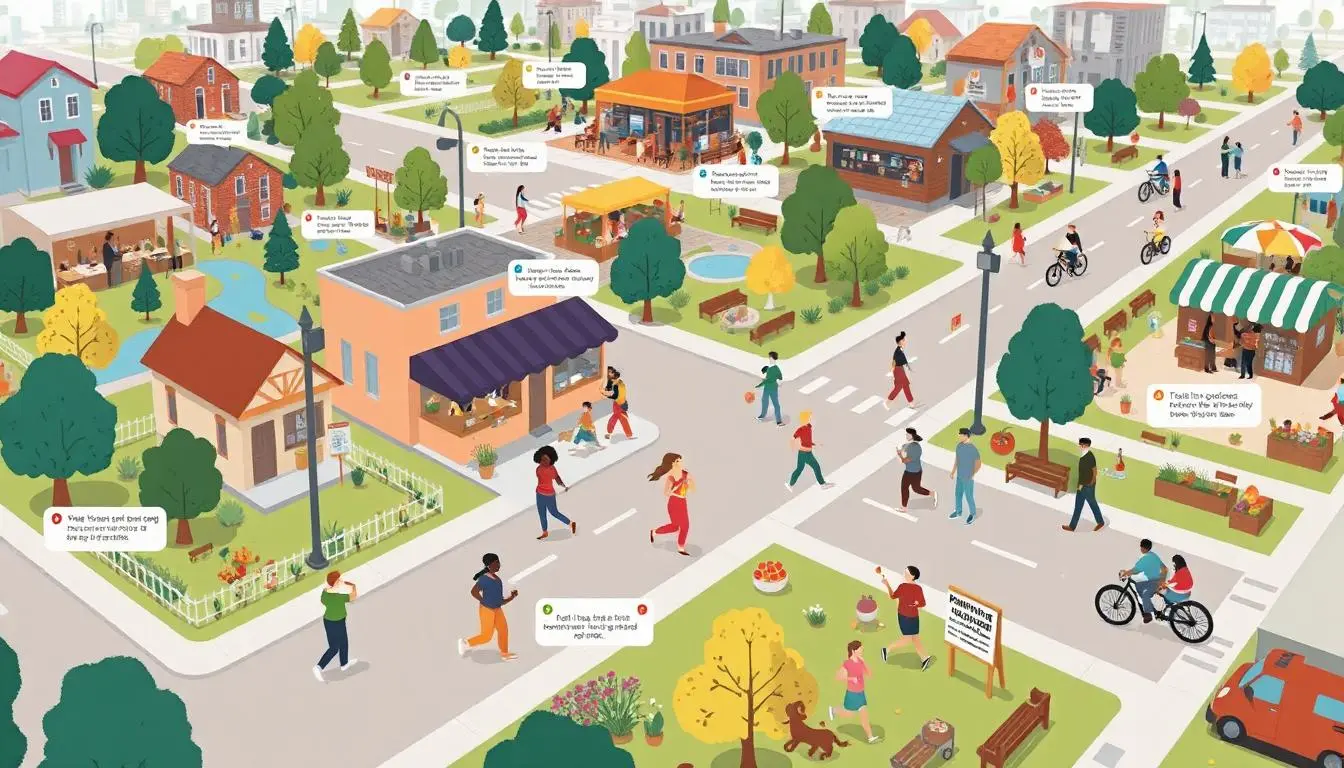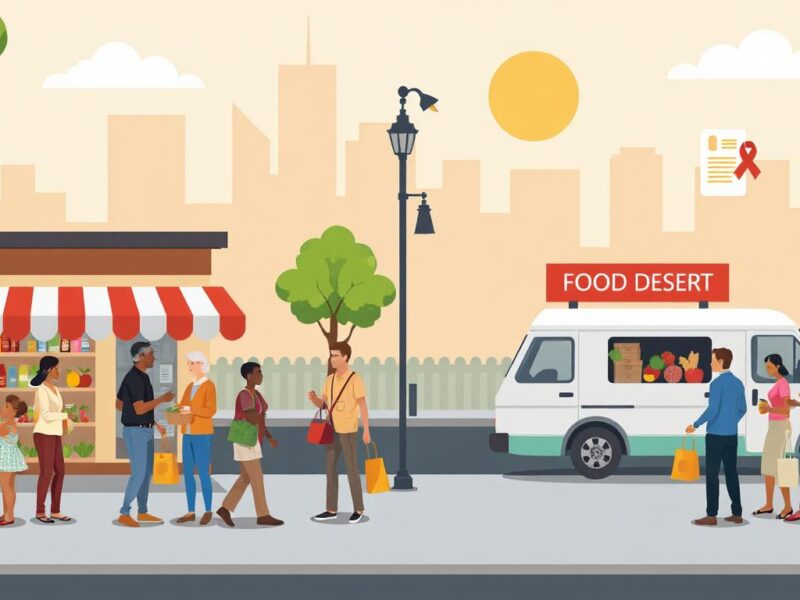Welcome to the exciting world of Urban Design! Imagine a city where every street, building, and public space is carefully planned and designed to create a vibrant and healthy environment for all its residents. Urban design is all about shaping the physical setting for life in cities, towns, and villages. It’s about creating spaces that are not only visually appealing but also functional, sustainable, and supportive of community well-being. From parks and plazas to streets and buildings, urban design plays a crucial role in shaping our daily lives. So, sit back, relax, and let’s dive into the fascinating world of urban design and its impact on our health and well-being!
Have you ever considered how the design of your city or neighborhood could impact your health? Well, let’s talk about the link between urban design and obesity. Research shows that the way our cities are designed can either promote or hinder healthy behaviors, like physical activity and access to nutritious food. When communities lack safe and inviting spaces for walking, biking, or playing, individuals are less likely to engage in physical activity, leading to a sedentary lifestyle and increased risk of obesity.
Access to Green Spaces
Hey there! Let’s talk about the importance of having access to green spaces in our urban areas. Green spaces like parks, community gardens, and even tree-lined streets can have a big impact on our health and well-being.
- Green spaces provide opportunities for physical activity, like walking, jogging, or playing sports.
- Being in nature has been shown to reduce stress, anxiety, and depression.
- Spending time outdoors can improve our mood, creativity, and overall sense of well-being.
So, next time you’re looking for a place to unwind or get some exercise, consider heading to a nearby park or green space. Your body and mind will thank you!
Are you tired of sitting in traffic and feeling like you never have time to exercise? Well, good news – urban design can help change that! Let’s talk about walkability and active transportation.
Imagine living in a neighborhood where you can walk or bike to work, school, or the grocery store. Not only does this save you time and money, but it also helps you stay active and healthy. Research shows that people who live in walkable neighborhoods are more likely to meet daily physical activity recommendations.
So, next time you’re looking for a new place to live, consider the walkability of the neighborhood. Look for sidewalks, bike lanes, and easy access to public transportation. And remember, every step counts towards a healthier you!
Healthy Food Options
Are you a foodie looking to maintain a healthy lifestyle? Well, urban design plays a crucial role in ensuring access to nutritious food options. When cities prioritize the availability of fresh fruits, vegetables, and whole grains in local markets and grocery stores, it becomes easier for residents to make healthier choices.
Next time you’re exploring your neighborhood, keep an eye out for farmer’s markets, community gardens, and health-conscious restaurants. These options not only support your well-being but also contribute to the overall health of your community. Remember, a balanced diet is key to preventing obesity and other health issues, so make sure to fill your plate with colorful fruits and veggies whenever you can!
So, let’s embrace urban design initiatives that promote healthy eating habits and make our cities even more vibrant and nourishing places to live.
Community Engagement and Social Support
Hey there! Let’s talk about the power of community engagement and social support when it comes to promoting health and well-being. Building strong connections with others in your neighborhood can make a big difference in your overall health. Whether it’s joining a local walking group, participating in a community garden, or attending a fitness class together, having the support of those around you can help keep you motivated and accountable.
Remember, it’s not just about physical health, but also about mental and emotional well-being. Being part of a supportive community can reduce stress, increase feelings of belonging, and boost your overall happiness. So, don’t be shy to reach out, get involved, and build those meaningful connections. Your health will thank you!
When it comes to combating obesity, policy and planning initiatives play a crucial role in shaping our urban environments for healthier living. Governments, city planners, and community organizations all have a part to play in creating spaces that promote physical activity and access to nutritious food options.
What can be done:
- Implementing zoning regulations to prioritize the development of parks, bike lanes, and sidewalks.
- Encouraging mixed-use development to create walkable neighborhoods with easy access to shops and services.
- Incorporating health impact assessments into urban planning processes to prioritize community well-being.
- Engaging with residents to ensure that their voices are heard in shaping the future of their communities.
By working together and advocating for policies that support healthy lifestyles, we can create cities that promote physical activity, access to healthy food, and overall well-being for all.


